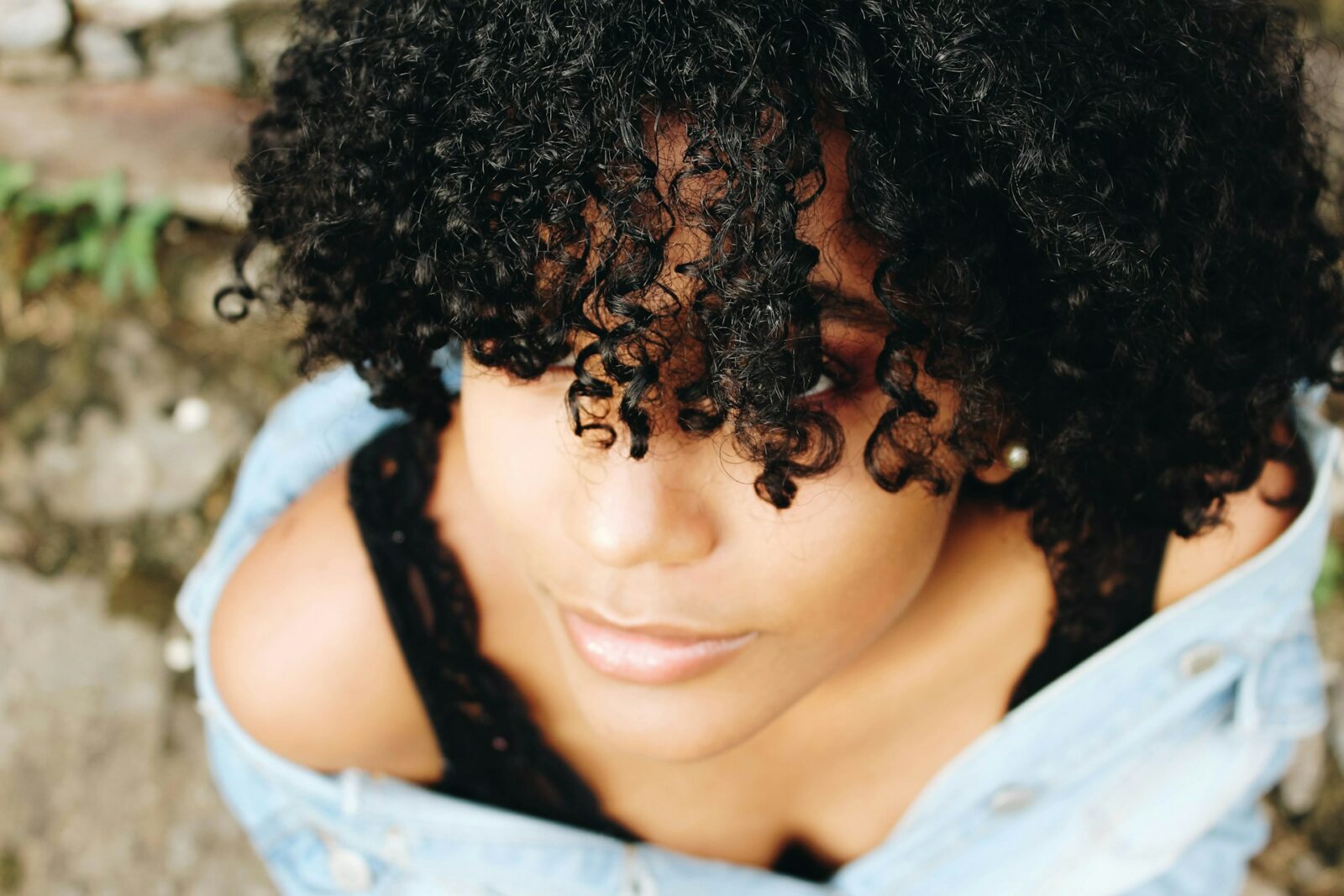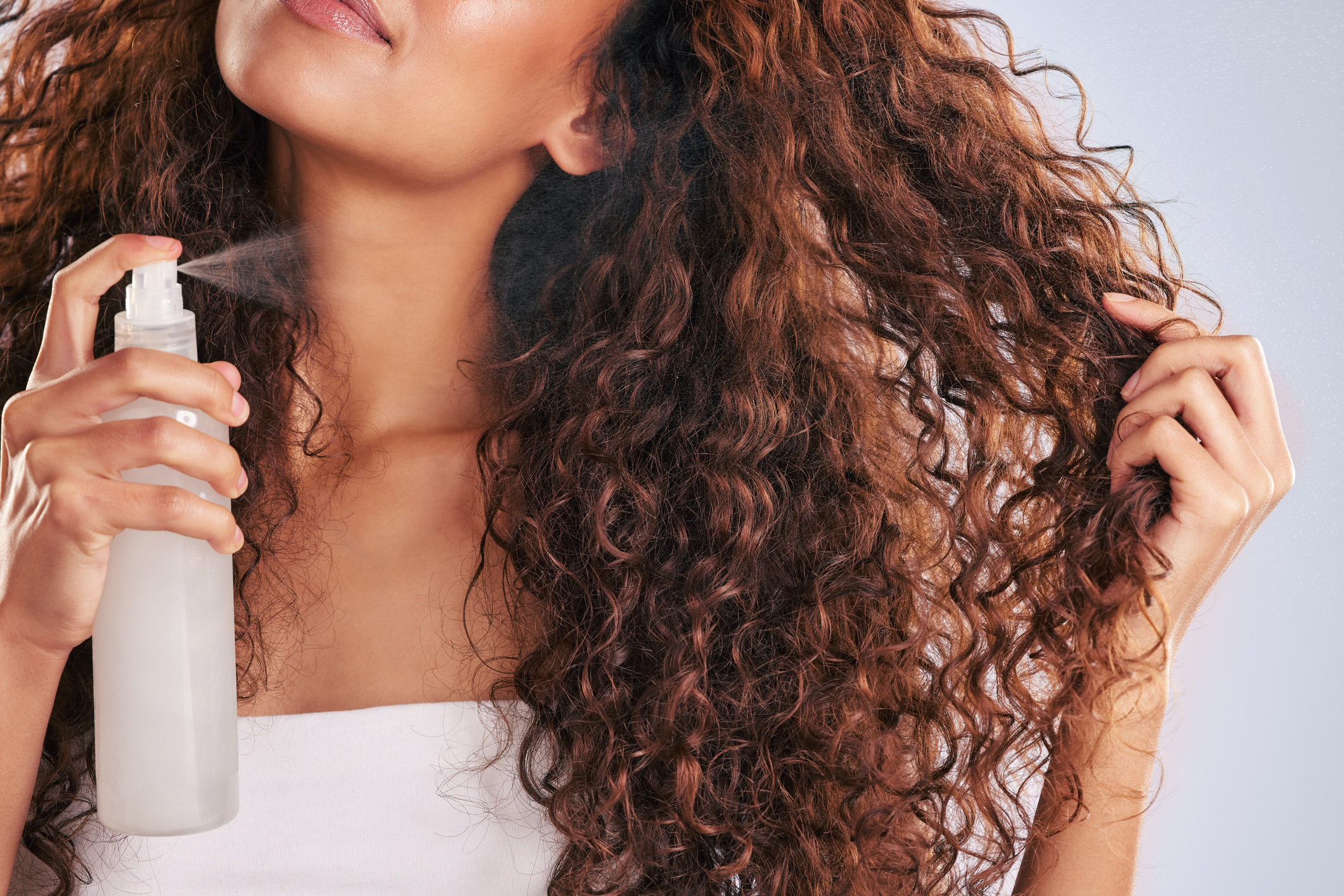
1. What are single strand (or fairy) knots and why do they happen?
Single strand knots (SSK) occur when a single strand of hair loops around and knots on itself. This looping typically occurs towards the lower parts or at the ends of the hair. A SSK typically feels like one or more tiny, hard beads on a string! Once formed, they are virtually impossible to untangle because they are so tiny and tight. SSKs are extremely common for those of us with natural hair and are not solely the result of damaged hair, although they can be. Dry or damaged hair is much more prone to SSKs than moisturized hair because of the raised cuticles.
2. Are there certain curl types that are more prone to single strand knots?
Straight and wavy hair types rarely if ever suffer from SSKs because the shape of the hair follicle is more rounded. Curly and coily hair is much more prone to SSKs because the hair follicle is flat and oval in shape. This follicle shape causes the hair to grow out of the scalp in a twisting, curling or coiling manner to create those gorgeous curls and coils. Because coils are much tighter, and shrink when drying, it is even easier for an individual coily hair strand to wrap around itself. The hair strand’s cuticles are also more raised on curly and coily hair strands, causing these SSKs to happen more frequently.

3. How To Prevent Single-Strand Knots
It is difficult if not impossible to avoid or prevent SKKs from happening (other than straightening your hair). Detangling them is also close to impossible. However, there are ways to minimize SSKs from occurring in the first place. Read on.
- Get hair trimmed or dusted frequently, at least every 3-4 months to remove split and frayed ends.
- Use a prepoo on hair overnight prior to wash day to protect the ends, especially if hair is dry or damaged. This hair mask from the Innate Life is heavenly: https://theinnatelife.com/products/hair-mask
- Detangle hair thoroughly with a slippery conditioner on wash days. This is a good option: SheaMoisture JBCO Conditioner
- Do not pull the hair while detangling but instead use your fingers first and/or a wide toothed comb to gently detangle. The key is not to snap or break off hair which will only cause more SSKs to form. Avoid using a brush to detangle to prevent snagging and breakage. If you must use a brush, the Tangle Teezer wet brush is a curly girl favorite.
- Deep condition hair often, preferably once per week. Ecoslay’s Banana Cream Deep Conditioner is another curly girl favorite.
- Use the LOC/LBC or LCO/LCB method to moisturize hair focusing on the hair ends, by using a Liquid then Oil/Butter and then Cream in your curls, or Liquid-Cream-Oil/Butter. These methods are good for keeping hair ends well lubricated.
- Protect hair at night with a silk or satin pillowcase or bonnet. Cotton pillowcases tend to dry out curly hair, and as said earlier, dry hair ends lead to more SSKs. An affordable silk option that is machine washable and has silk on both sides is this one from Zima.

- Unfortunately, you may experience a lot of SSKs with wash-and-go’s. This is because allowing hair to dry without styling it causes major shrinkage. And shrinkage means the tight coils loop around themselves, leading to…knot city! Twist outs and braid outs, ie, stretched hairstyles, are good for preventing the hairs from wrapping around themselves and keeping SSKs at bay.
- Another trick is to stretch your ends on rollers while drying to get straighter ends. The straighter the ends, the fewer SKKs.
- In humid climates, be sure to use proper anti-humidity stylers to protect against humidity as the extra moisture in the air will cause the cuticle layer to raise and roughen the hair’s texture. Raised cuticles = rougher hair texture = knots. Similarly, while it may feel good, avoid exposing your curls and coils in windy situations and having them blow in all different directions. Wear a satin lined hat or tie up your curls with a trendy scarf to protect them.
Should You Cut Those Fairy or Single-Strand Knots?
- Yes, whenever you feel a SSK, use appropriate scissors and cut just above the knot, which will keep the end of that hair strand bluntly sealed off without causing any more split ends. Use actual hair shears and not some random kitchen scissors that you have lying around so you get a nice, crisp blunt end when you cut off the SSK. These scissors are an affordable option.






